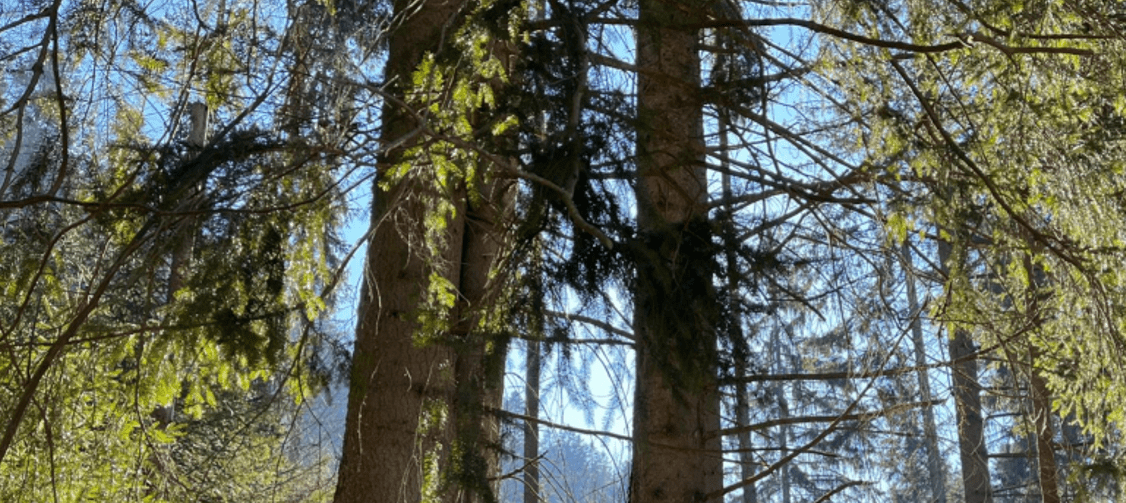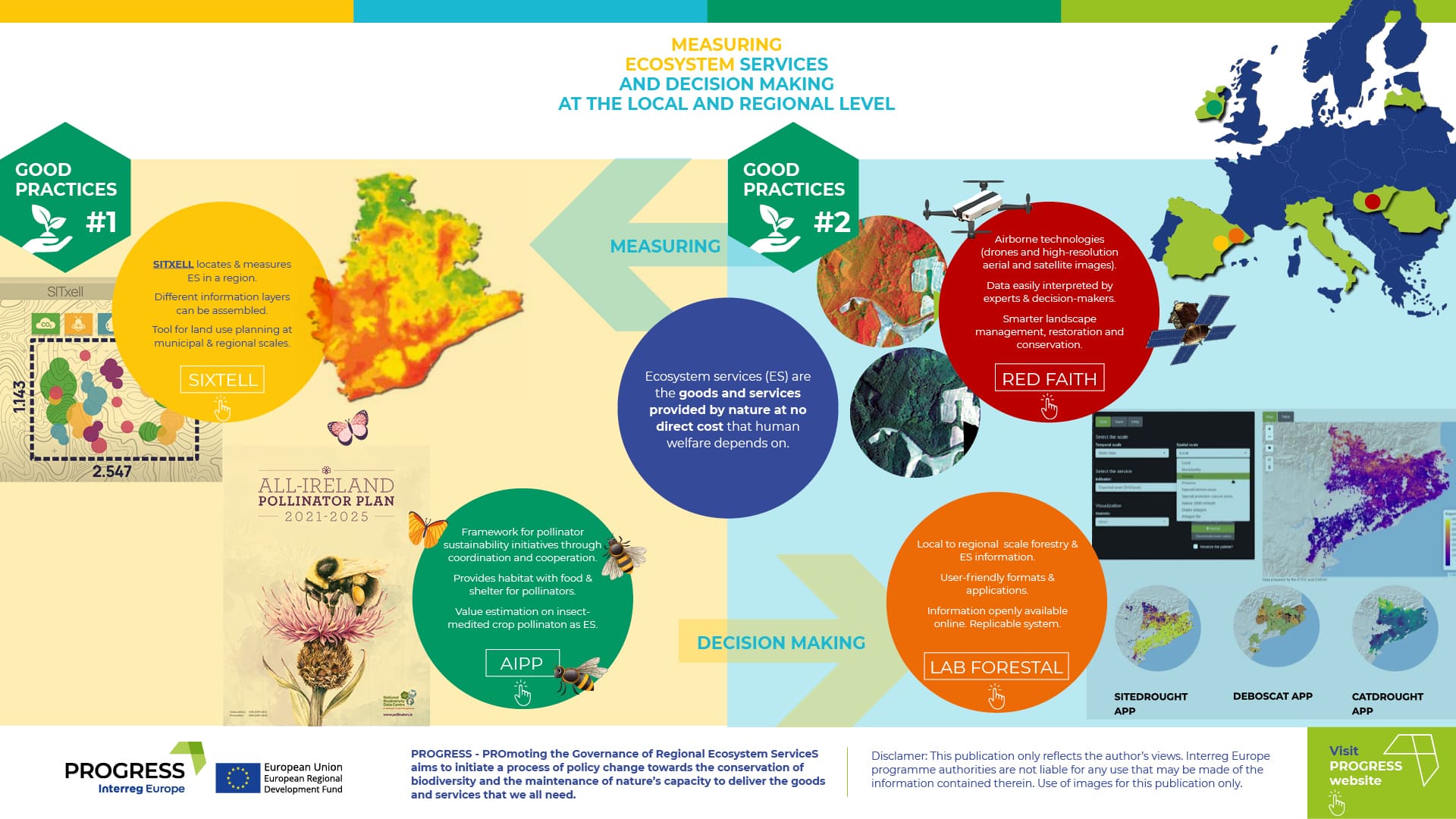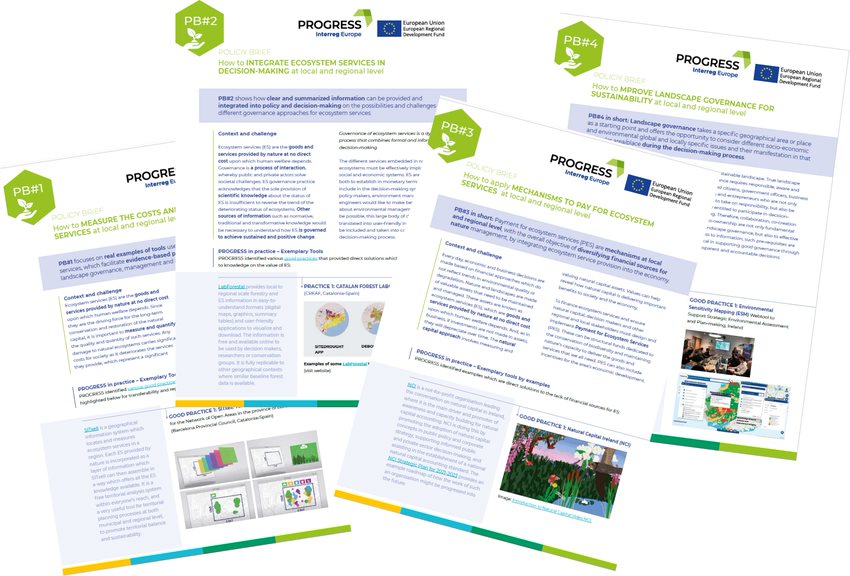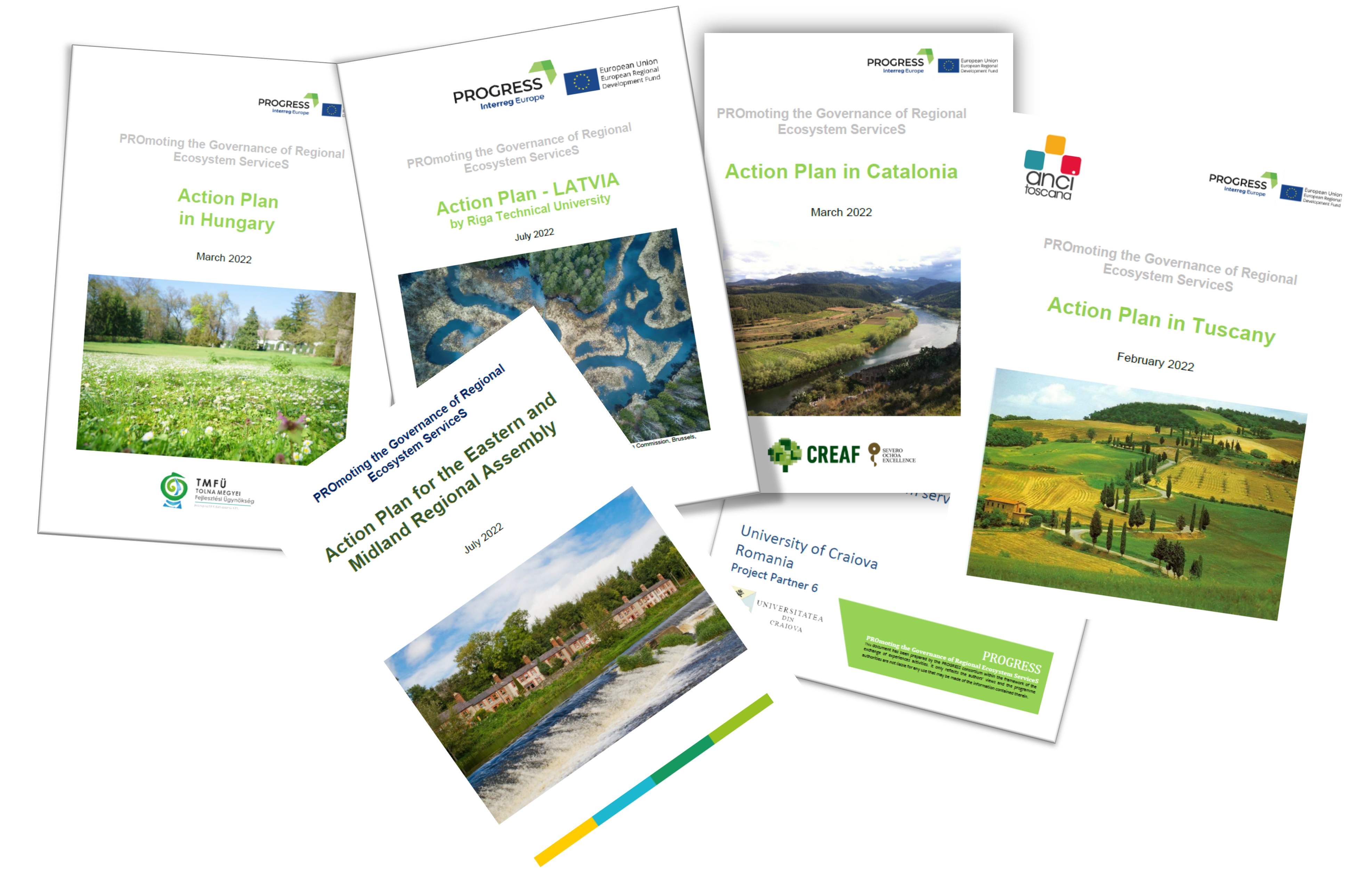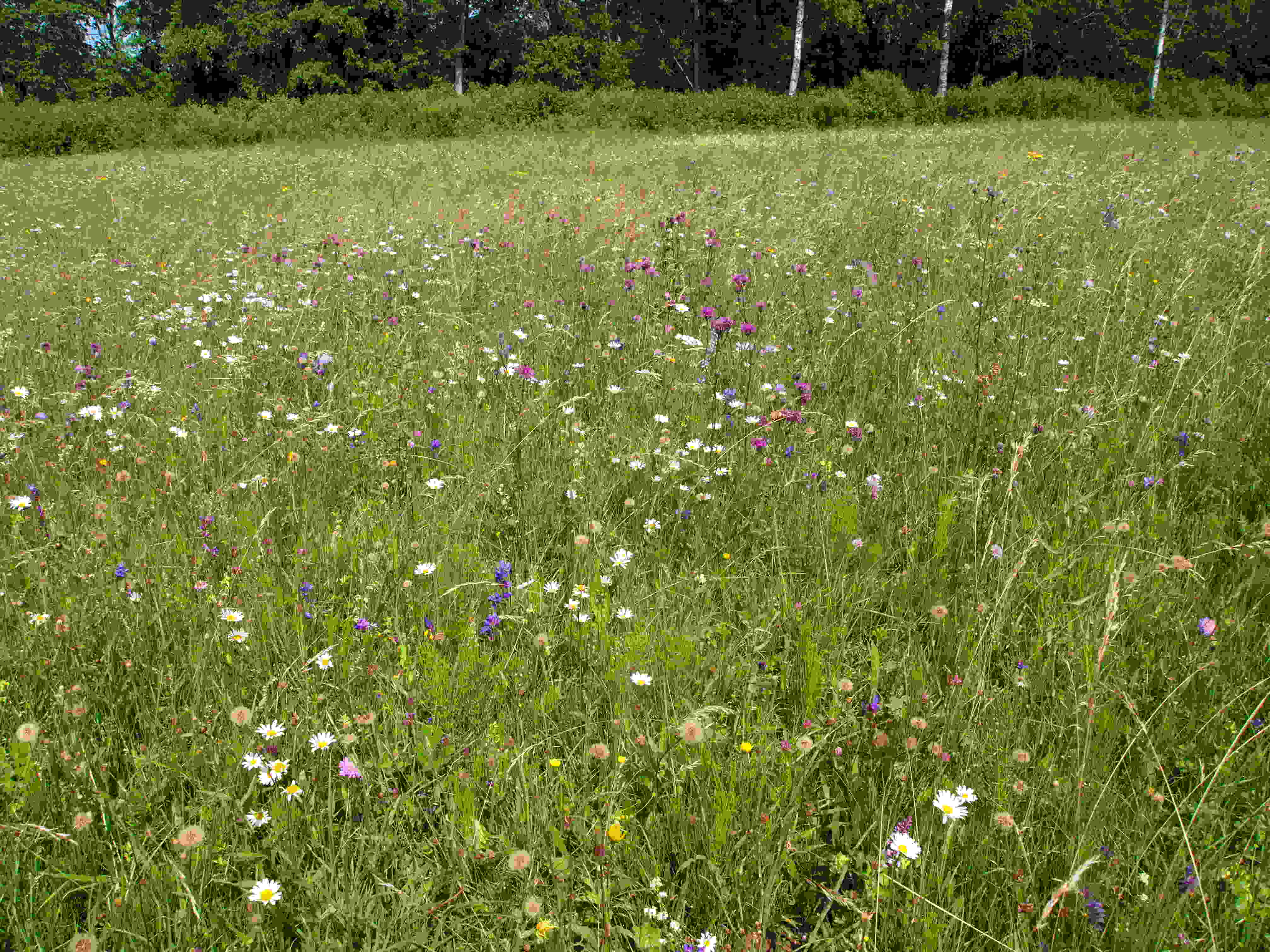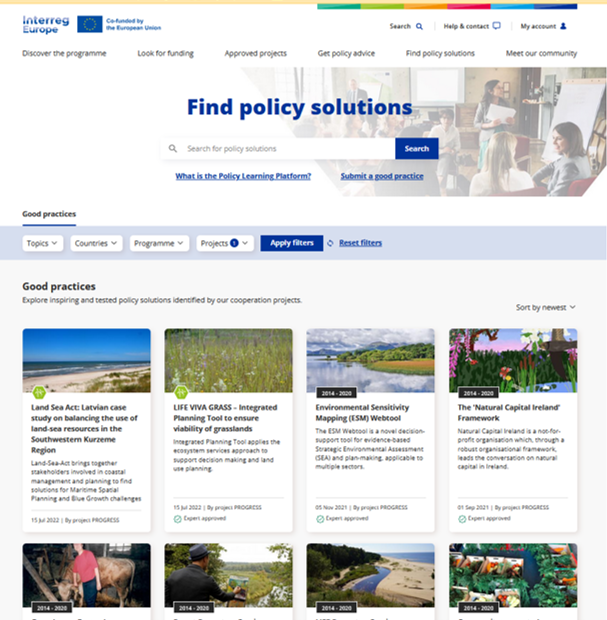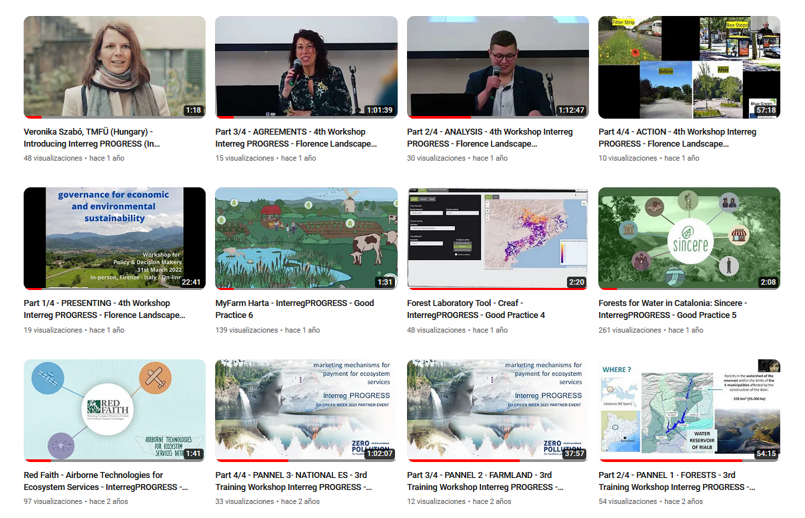During the recent Barcelona event we presented our four NEW! PROGRESS Policy Briefs (PB). These PB are a summary of the most important learnings and the GOOD PRACTICE on the four main areas analised by PROGRESS:
1/ MEASUREMENT OF THE COSTS AND BENEFITS OF ECOSYSTEM SERVICES at local and regional level:
Real examples of tools used to measure and value ecosystem services, which facilitate evidence-based policy and decision-making for landscape governance, management and action.
Here there are some of our favourite recommendations for measuring ecosystem services, such as:
- Identify simple concepts that can be used to engage a wide audience to the ecosystem services messages.
- Combine professional and highly specialized teams in ecosystem services measurement and liaise them with public officers and relevant stakeholders for analysis and management.
- Use public consultation to engage citizens in the protection and promotion of ecosystem services.
If you find this recommendation interesting, you can see them all at PB#1!
2/ INTEGRATION OF ECOSYSTEM SERVICES IN DECISION-MAKING at local and regional level:
How clear and summarized information can be provided and integrated into policy and decision-making on the possibilities and challenges of different governance approaches for ecosystem services.
Some of our preferred recommendations on integrating ecosystem services in decision-making:
- Design robust and easy-to-update databases and make all processes reproducible.
- Demonstrate transparency by explaining the action taken and its implications for ecosystem services users in creative ways.
- Listen to other users in the decision-making process. Include experts, stakeholders and other users in the decision-making process who are engaged in the dynamics of the territory, in creating services or other effects upon it.
More on PB#2!
3/ MECHANISMS TO PAY FOR ECOSYSTEM SERVICES at local and regional level:
Payment for ecosystem services (PES) are mechanisms at local and regional level, with the overall objective of diversifying financial sources for nature management, by integrating ecosystem service provision into the economy.
We attached some of the best recommendations right here:
- The PES design should be self-sufficient, sustainable and financially independent.
- Work with local businesses to adopt the natural capital approach, to inform their clients of their own strategies and decision-making.
- Engage economy, business, marketing, non-profits, environmental scientists and other experts to achieve a high-quality yield as well as high visibility.
You can find the recommendation in more detail on PB#3!
4/ IMPROVEMENT OF LANDSCAPE GOVERNANCE FOR SUSTAINABILITY at local and regional level:
Landscape governance takes a specific geographical area or place as a starting point and offers the opportunity to consider different socio-economic and environmental global and locally specific issues and their manifestation in that particular area/place during the decision-making process.
Here you can find some recommendations on landscape governance for sustainability:
- Support landscape governance decisions with data and knowledge on environmental assets and on the functioning of ecosystem services.
- Promote information exchange and establish ready and user-friendly access to data to anyone having a say in its planning and management.
- Develop pilot case studies applying the ecosystem services approach at different planning levels and contexts.
All the recommendations on PB#4!



